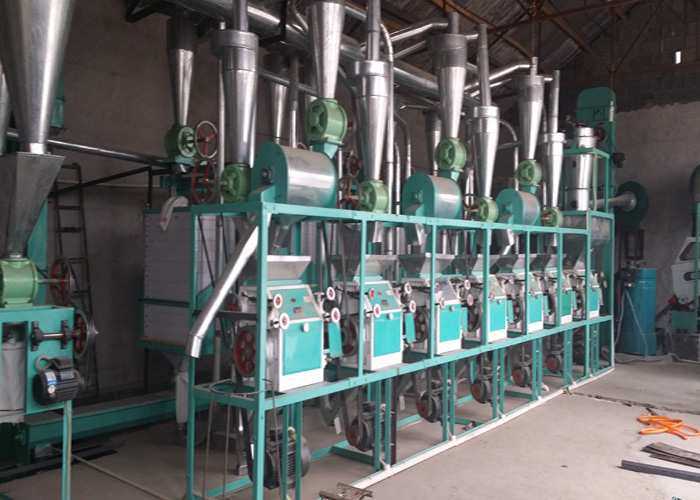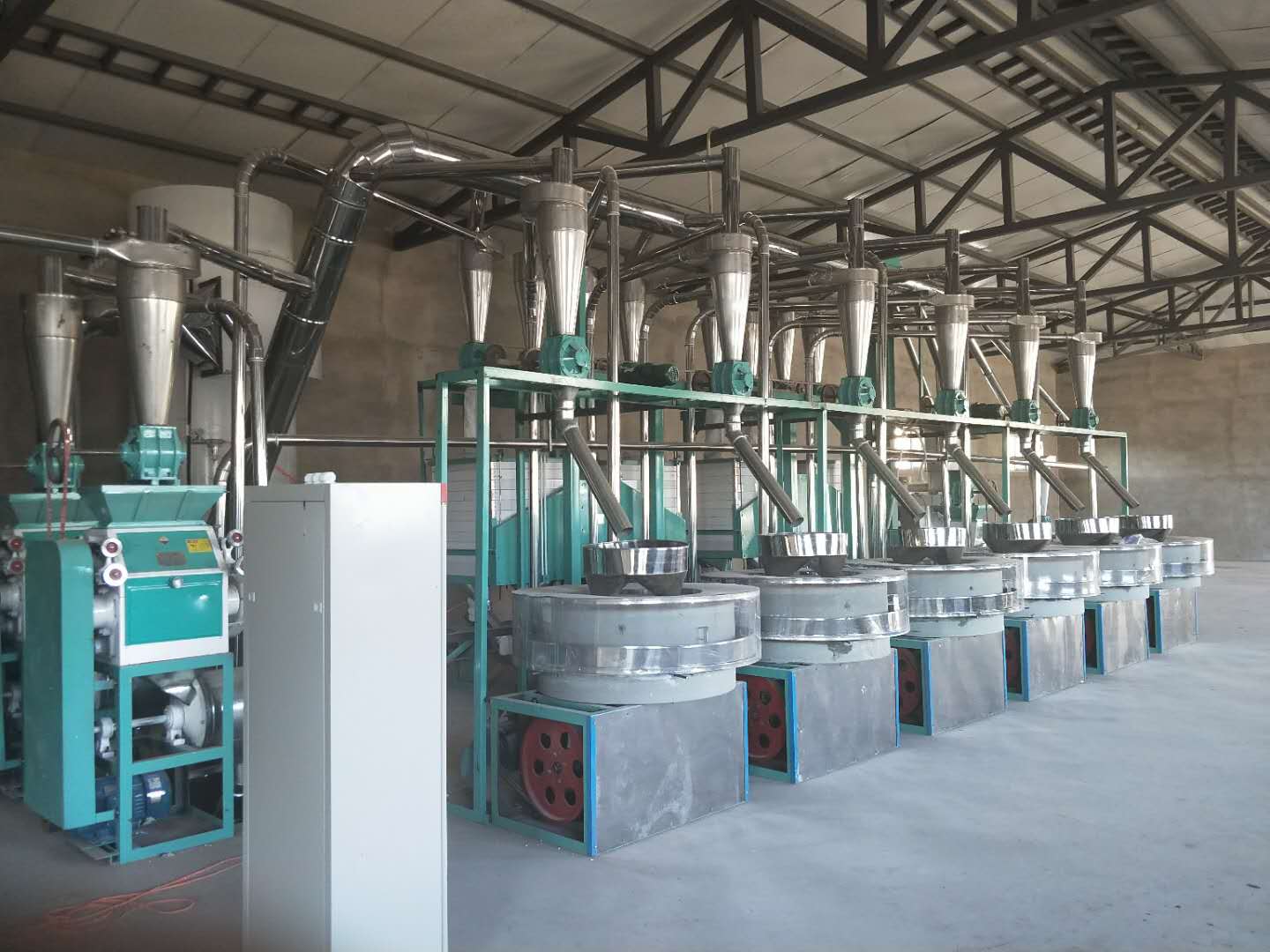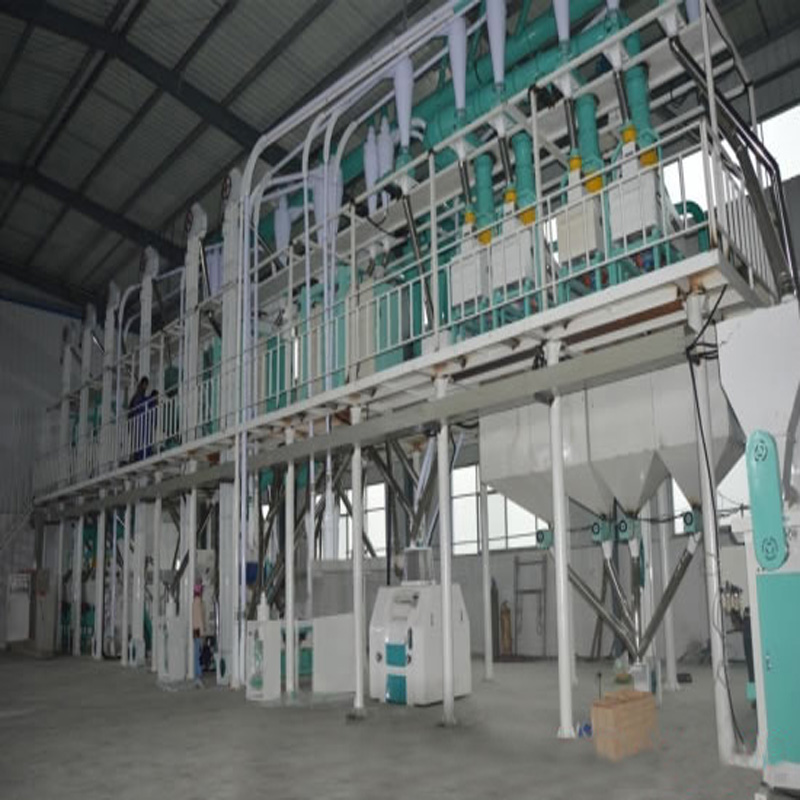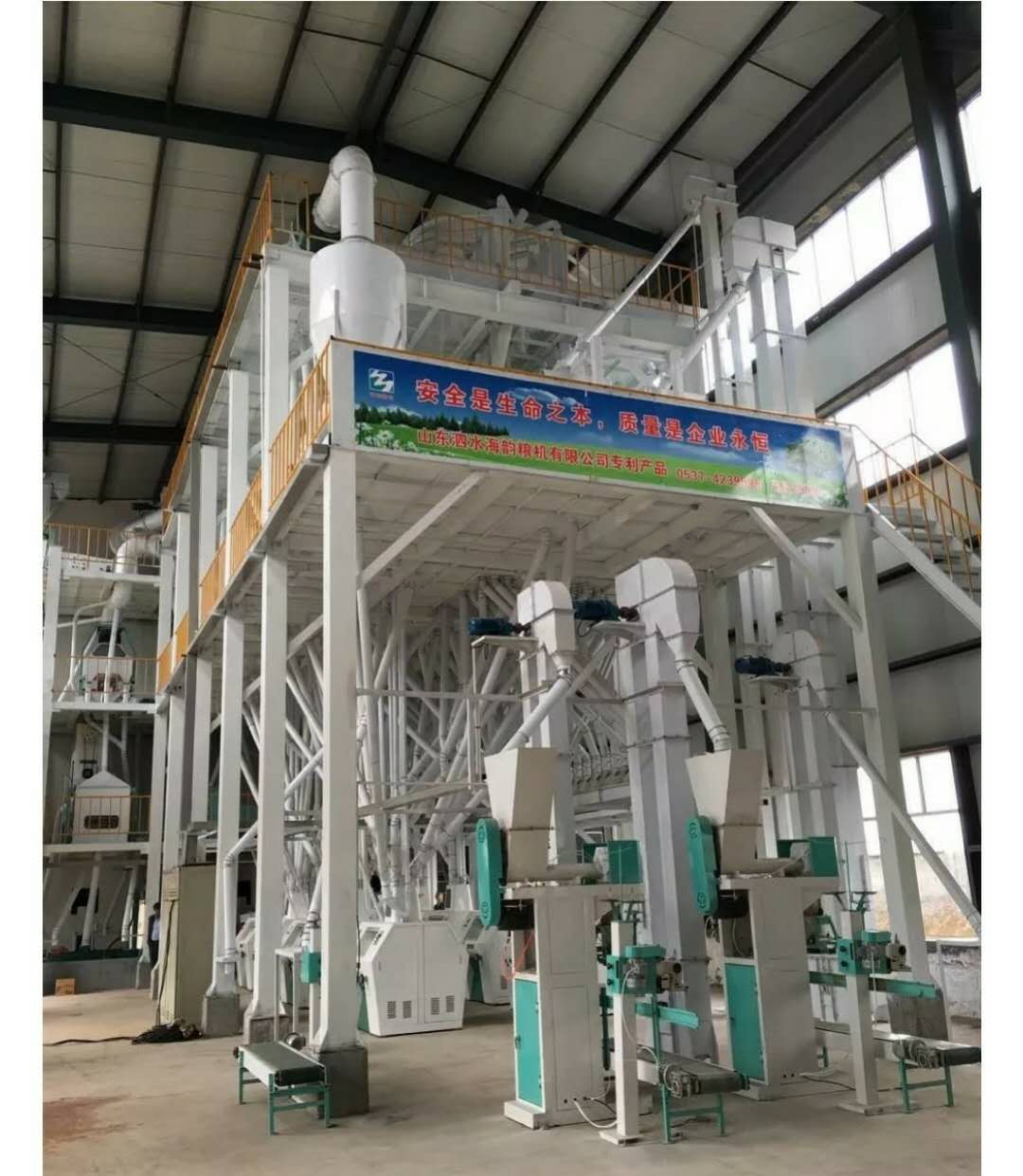The Heat Pump is a device that transfers heat energy from a low temperature heat source to a high temperature heat source. According to the source of heat source can be divided into: water source heat pump, ground source heat pump, air source heat pump, dual source heat pump (water source heat pump and air source heat pump combination). Heat pump technology is a new energy technology that has attracted worldwide attention in recent years. The “pump†that people are familiar with is a mechanical device that can increase the potential energy. For example, a water pump mainly pumps water from a low position to a high position. The "heat pump" is a device that can obtain low-grade thermal energy from nature's air, water, or soil, and then uses electric power to provide high-grade thermal energy that can be used by people. Heat pump industry development history Since the 1970s, the heat pump industry has entered a golden period. Countries around the world have attached great importance to the research work of heat pumps. For example, the International Energy Agency and the European Community have formulated large-scale heat pump development plans. New heat pump technologies are emerging and the use of heat pumps is also used. Continuous development, widely used in air-conditioning and industrial fields, plays an important role in energy conservation and environmental protection. Relative to the development of the world's heat pump, the research work of China's heat pump started about 20-30 years later. After the founding of New China, with the arrival of a new upsurge in industrial construction, heat pump technology began to be introduced into China. After entering the 21st century, the rapid urbanization of China's coastal areas, the growth of GDP per capita, the 2008 Beijing Olympics, and the 2010 Shanghai World Expo have driven the development of China's air-conditioning market and promoted the increasingly widespread application of heat pumps in China. The development of heat pumps is very rapid, and the research of heat pump technology continues to innovate. From the start of the heat pump in 2001, after 5 years of cultivation, the Chinese heat pump industry began to transition from the lead-in period to the growth period. The rapid development of the heat pump industry, on the one hand, benefits from energy shortages that make energy-saving advantages of heat pumps more and more obvious. On the other hand, it has a lot to do with the addition of multiple forces to promote industrial technological innovation. The advanced nature of heat pump technology In 1912, Zurich, Switzerland successfully installed a heat pump with river water as a low heat source for heating. This was an early water source heat pump system and was the world's first heat pump system. The heat pump industry developed rapidly in the 1940s and early 1950s, heat pumps for domestic heat pumps and industrial buildings began to enter the market, and heat pumps entered an early stage of development. 1, the advanced energy-saving air-source heat pump: thermal efficiency of 460%, operating costs are 1/3 of gas, oil-fired boilers, is 1/4 of electric water heaters, 40% lower than solar energy. In the era of energy saving and emission reduction has become the trend of the times, saving energy and reducing carbon emissions are the most fashionable lifestyles. The air energy heat pump adopts the reverse Carnot principle, which transfers the energy in the air to the water, completely achieves zero emission, and has little impact on the environment; and it does not directly use the heating element to heat, so its energy efficiency can reach the electric water heater. Times, that is, heating the same amount of hot water, the power consumption is equivalent to a quarter of the electric water heater, which greatly saves the power consumption. 70% of China's electricity is produced through thermal coal-fired power plants. Saving electricity means reducing carbon emissions. Heat pump application in the domestic market The heat pump industry in China has started to develop in recent years and the development momentum is promising. At present, China uses more water-source heat pumps, and the use of air-source heat pumps for domestic hot water production has just started in the country in the past two years. In general, the market presents a scene in which a number of brands “combine with one hundred flowers and contend with one hundred schools of thought†and has not yet formed a single or large market structure. At present, water-source heat pump companies are mainly SMEs, with little market share. Heat pump technology has been proved to be an effective technology for reducing greenhouse gas emissions. At present, the rising price of traditional energy sources and the increasing demand for low-carbon emissions have made it clear that in the foreseeable future, heat pump technology-related products will surely show a growth in blowout. The domestic heat pump market will maintain rapid development and make more important contributions to energy conservation, environmental protection, and low carbon emissions.
Flour machine is a wheat processing machine that relies on the external power, such as the power produced by the motor, grinding the wheat into small particles and to separate the flour particles of different sizes by adjusting the size of the sieve holes.Flour mill is mainly divided into full automatic flour mill, stone flour mill, Corn Flour Machine, small flour mill and large flour mill.
If you have any questions, please contact with us directly.Welcome you can visit our Factory.For inqury,Please send mail directly to us.
Flour Mill Machine,Flour Making Machine,Fully Automatic Flour Machine,High Quality Flour Machine Shandong Hengyi kaifeng Machinery Co.,Ltd , https://www.xhykf.com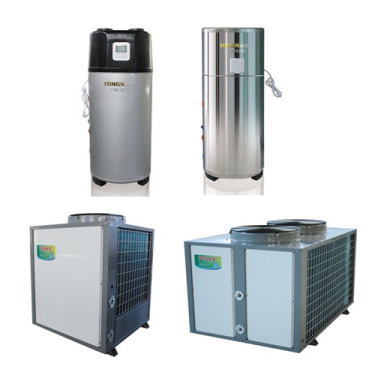
In the 21st century, with the emergence of the “energy crisisâ€, fuel prices have suddenly risen. After the improved and mature heat pump has recovered its low-temperature environmental heat energy and energy-saving and environmental-friendly features, it has re-entered the stage of history and has become the most valuable new energy technology. .
The former International Thermal Energy Agency established the International Heat Pump Center and set up the Heat Pump Programme to promote the application and development of coordinated heat pump technology to various countries in the world. The governments of the United States, Canada, Sweden, Germany, Japan, and South Korea have issued special official guidelines to promote the social application of heat pump technology.
Safety: Separation of water and electricity, no leakage danger Application: -5~50°C Environmental protection: No waste heat, waste water, waste gas
2. The advanced nature of water source heat pump Compared with boiler (electricity, fuel) and air source heat pump heating systems, water source heat pump has obvious advantages. Boiler heating can only convert 90% to 98% of the electric energy or 70% to 90% of the fuel's internal energy into heat for users' use. Therefore, the ground source heat pump saves more than two-thirds of the electric energy than the electric boiler heating. The fuel boiler saves more than one-half of energy. Since the heat source temperature of the water source heat pump is stable throughout the year, it is generally 10-25°C. Its cooling and heating coefficient can reach 3.5-4.4, compared with traditional air source heat pump. To be about 40% higher, its operating cost is 50% to 60% of the average central air-conditioning. Therefore, in the past decade or so, water-source heat pump air-conditioning systems have achieved rapid development in North America, China, and Northern Europe. Especially in the past five years, the water-source heat pump market in China has become increasingly active, making this technology quite extensive. The application becomes an effective heating and cooling air conditioning technology. 